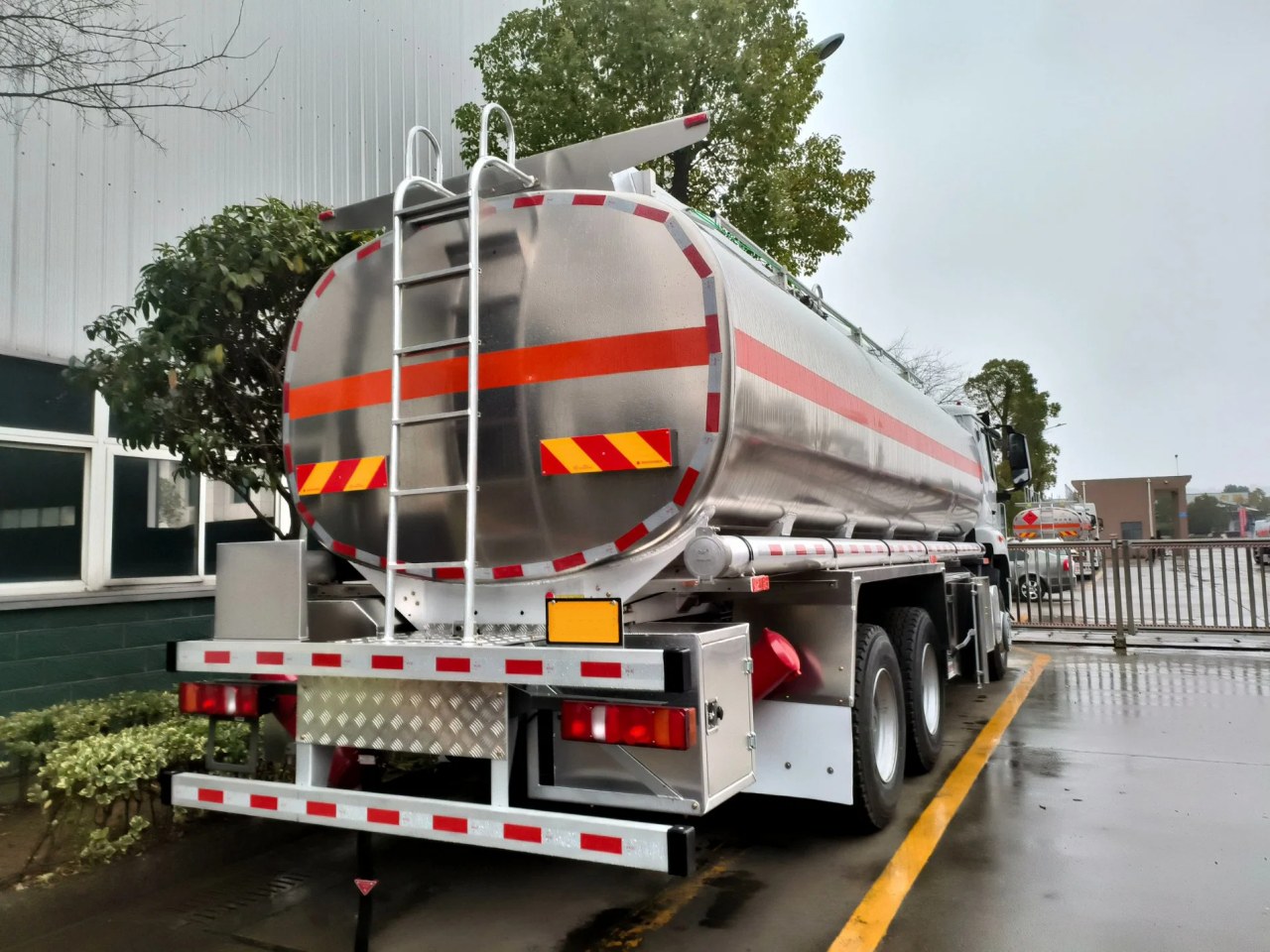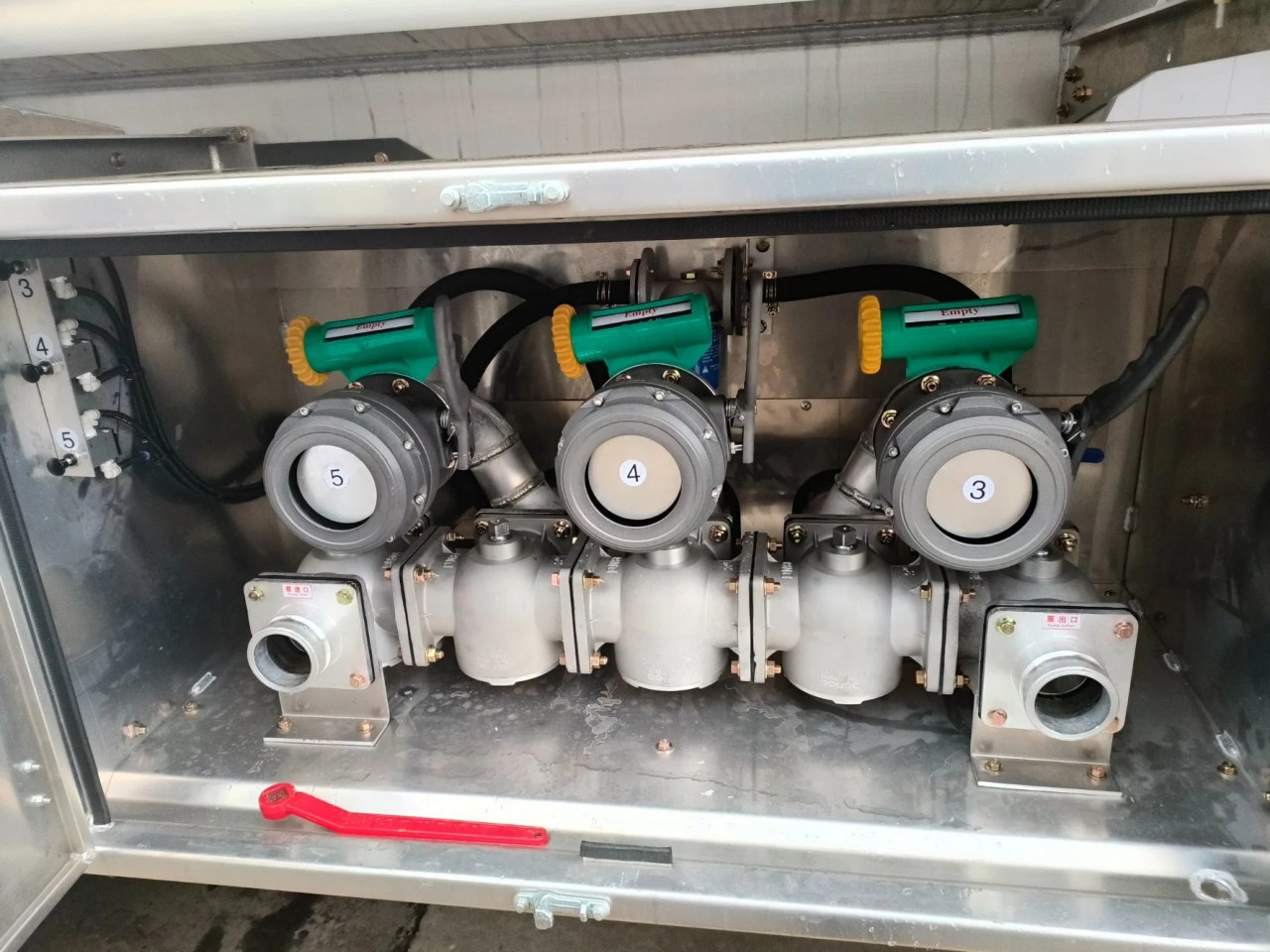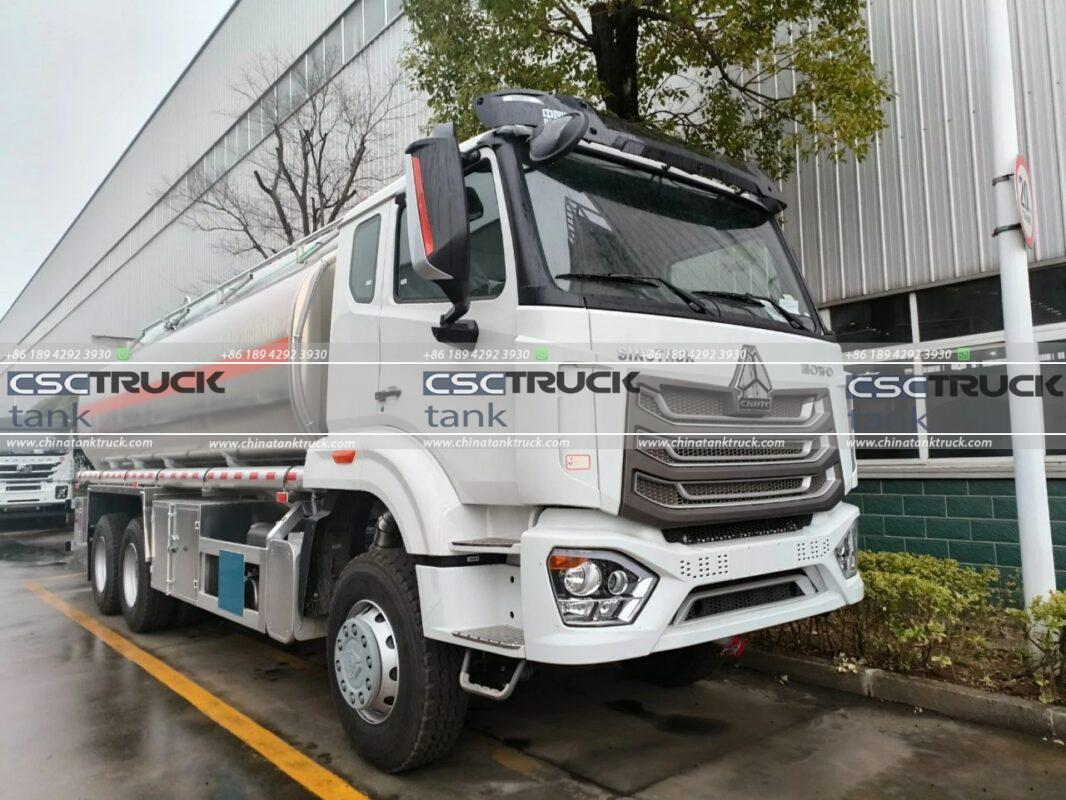Aluminum tank trucks have become a popular choice in various industries due to their lightweight, strength, and durability. These vehicles play a critical role in transporting liquids such as fuel, chemicals, water, and food products. The use of aluminum in the construction of tank trucks has revolutionized the transportation of hazardous and non-hazardous materials, offering numerous advantages over traditional steel trucks. This article will provide a detailed analysis of aluminum tank trucks, focusing on their strength, durability, and the factors that make them an optimal choice for many industries.
1. Understanding Aluminum Tank Trucks
An aluminum tank truck is a specialized vehicle designed to transport liquids in bulk. The tank is made of aluminum, which is a lightweight metal known for its resistance to corrosion, strength-to-weight ratio, and ability to withstand harsh environmental conditions. The truck is equipped with various safety features, such as pressure relief valves, leak-proof seals, and reinforced frames to ensure the safe transport of materials.
Aluminum is widely used in the construction of tank trucks because of its ability to maintain structural integrity under different loads and environmental conditions. Unlike traditional steel tanks, aluminum tanks are not as prone to corrosion from moisture or chemicals, making them more durable over time.

2. Strength of Aluminum Tank Trucks
a. Lightweight Construction
One of the primary reasons aluminum is chosen for tank trucks is its lightweight nature. Aluminum is approximately one-third the weight of steel, making it an ideal material for vehicles designed to carry large quantities of liquids over long distances. This reduction in weight results in several benefits:
- Increased Payload Capacity: The lighter the truck, the more weight it can carry without exceeding weight limits. This allows companies to transport more products per trip, improving efficiency and profitability.
- Fuel Efficiency: The reduction in weight lowers the fuel consumption of the truck, making aluminum tank trucks more fuel-efficient compared to their steel counterparts. This can lead to significant cost savings over time.
- Improved Handling and Maneuverability: With less weight to carry, aluminum tank trucks are easier to handle, particularly in tight or challenging driving conditions.
b. High Strength-to-Weight Ratio
Although aluminum is lightweight, it does not sacrifice strength. It has an impressive strength-to-weight ratio, meaning it can withstand considerable stress without compromising its structural integrity. The combination of lightness and strength makes aluminum tanks highly suitable for the transportation of hazardous materials, as they can endure the pressure of the liquids they contain without deformation or failure.
c. Fatigue Resistance
Aluminum has a higher fatigue resistance compared to steel. This means that aluminum tank trucks are less likely to crack or break under repetitive stress, such as during long hauls over bumpy roads. The flexibility of aluminum allows it to absorb shocks and vibrations better than other materials, contributing to the longevity of the tank truck.
3. Durability of Aluminum Tank Trucks
a. Corrosion Resistance
Corrosion is one of the most significant challenges in the transportation industry, especially when dealing with chemicals or liquids that can cause damage to metal surfaces. Aluminum has a natural resistance to corrosion because it forms an oxide layer on its surface when exposed to air. This oxide layer acts as a protective barrier, preventing further oxidation and damage to the material.
For aluminum tank trucks, this resistance to corrosion translates into several advantages:
- Longevity: The protective oxide layer ensures that the tank remains intact and durable over time, even when exposed to harsh chemicals or environmental conditions.
- Low Maintenance Costs: Unlike steel tanks, which require frequent painting or coating to prevent rust, aluminum tanks need less maintenance. This can lead to lower repair costs and longer intervals between inspections.
- Better Performance in Harsh Environments: Aluminum tank trucks are ideal for use in environments with high humidity, salt exposure (e.g., near coastal areas), or where chemical exposure is frequent, as the corrosion resistance helps maintain their integrity.
b. Temperature Resistance
Aluminum tanks perform well under a wide range of temperatures. While extreme heat and cold can affect some materials, aluminum maintains its strength and structural properties in temperatures ranging from sub-zero conditions to high heat. This is especially important for transporting liquids like fuel or chemicals that may need to be kept within specific temperature ranges to remain stable and safe for transport.
Additionally, aluminum’s low thermal expansion rate ensures that the tank will not warp or lose shape under temperature fluctuations, maintaining the integrity of the tank’s structure.
c. Impact Resistance
While aluminum is lighter than steel, it is also highly resistant to impacts. Aluminum’s inherent flexibility allows it to absorb impacts better than many other materials, making it less likely to crack under stress. This makes aluminum tank trucks ideal for transportation across rough or uneven terrain where bumps, jolts, or collisions may occur.
The combination of aluminum’s strength and flexibility makes it particularly effective for the transportation of delicate or volatile liquids that need to be kept in stable conditions throughout transit.

4. The Manufacturing Process of Aluminum Tank Trucks
The manufacturing of aluminum tank trucks involves several key processes to ensure strength, durability, and safety. These processes include:
- Material Selection: High-quality aluminum alloys are selected for tank construction. These alloys are chosen for their excellent strength, corrosion resistance, and durability under extreme conditions.
- Welding and Fabrication: Aluminum is welded using specialized techniques that maintain the material’s structural integrity. The tank is fabricated into the desired shape, ensuring the proper fit for the truck chassis.
- Surface Treatment: To enhance corrosion resistance, the aluminum surface may undergo anodizing or coating, which further protects the tank from environmental damage.
- Stress Testing: Once constructed, the aluminum tank is subjected to stress tests to ensure it can withstand the weight and pressure of the liquids it will carry, as well as external forces like impacts or vibrations.
5. Applications of Aluminum Tank Trucks
Aluminum tank trucks are used in various industries, including:
- Fuel Transportation: Aluminum is the material of choice for transporting fuel due to its resistance to corrosion and its ability to withstand the pressures involved in fuel transport.
- Chemical Transport: Many chemicals, especially those used in agriculture and manufacturing, are highly corrosive. Aluminum tanks are ideal for safely transporting such materials without the risk of corrosion or degradation of the tank.
- Food and Beverage Transport: Food-grade aluminum tanks are used for transporting liquids like milk, juice, and wine. The lightweight nature of aluminum helps reduce costs, while its non-reactive nature ensures the quality of the transported goods is maintained.
- Water Transport: Aluminum tank trucks are also used to transport potable water, especially in remote areas where water needs to be delivered over long distances.

6. Conclusion
Aluminum tank trucks are a critical part of modern logistics and transportation. Their strength, durability, and resistance to corrosion make them an excellent choice for transporting a wide variety of liquids, from fuel and chemicals to food and water. The combination of lightweight construction, high strength-to-weight ratio, and resistance to environmental factors ensures that aluminum tank trucks remain a reliable and cost-effective solution for industries around the world. As technology and materials science continue to evolve, aluminum will likely remain at the forefront of tank truck design, offering even greater improvements in performance and efficiency.

